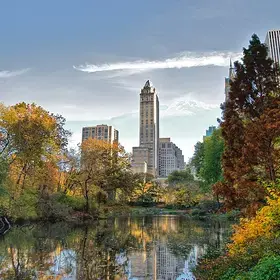Recent updates to the Global Seismographic Network give seismologists a clearer read on activity below Earth’s surface, writes April Reese in Discover magazine. Instruments placed directly on a fault provide real-time monitoring; in some places, such as Los Angeles, they’re just a few meters apart.
“There have been incredible advances in the development of instruments and the deployment of instruments on active fault zones, which has enabled a very fine-grained, high-resolution study of where earthquakes occur,” says Arthur Lerner-Lam, deputy director of Columbia University’s Lamont-Doherty Earth Observatory.
Scientists now have a much better understanding of the entire earthquake cycle, Lerner-Lab adds: “The earth relaxing afterward, the strain building up again — that whole sequence is being torn apart by new instruments.”


